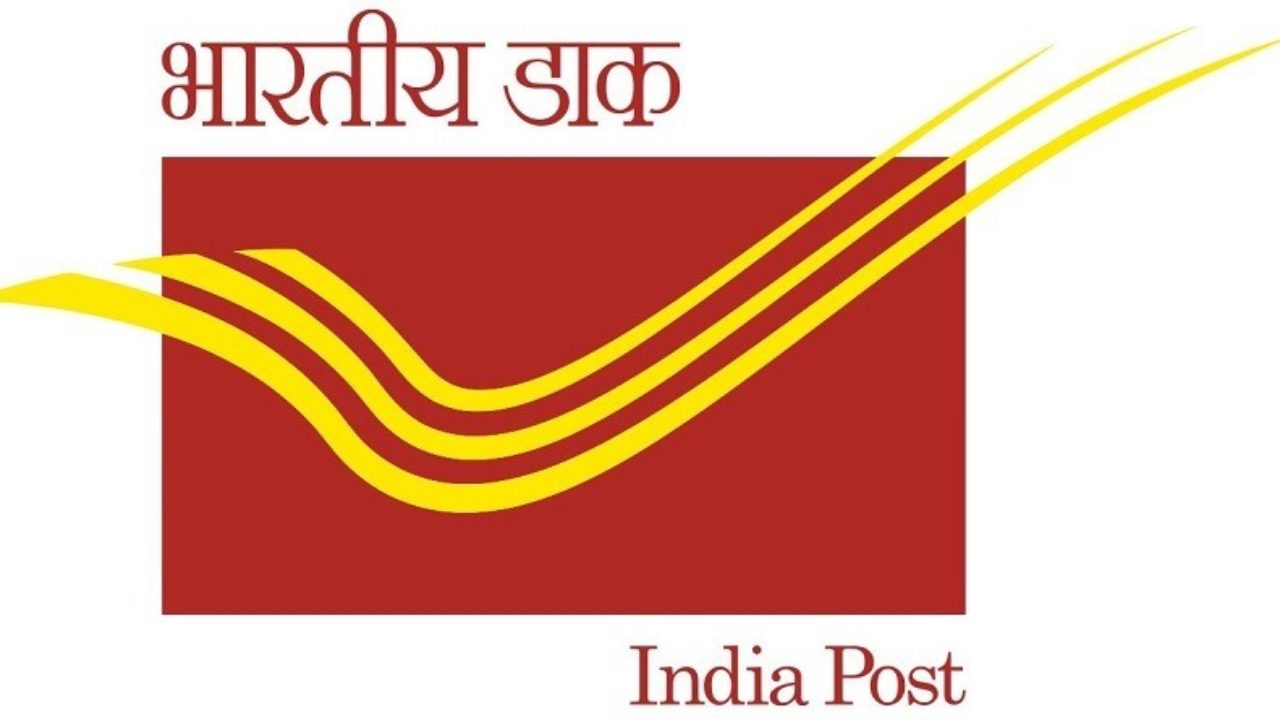Postal Stamp in India: India is the world’s second most populous country with over 1.3 billion people, and it’s projected to have over 1.5 billion people by 2050! This massive population growth has led to a need for more postal services throughout the country, and as a result, India has developed some of the world’s most advanced postal systems. In this article, we’ll take a look at how India’s postal system works, and explore some of the amazing things that its stamps have done!
What is a postal stamp in India?
In India, postal stamps are used to send mail. Postal stamps come in different denominations, and they’re often used to buy postage stamps from post offices.
How are postal stamps made in India?
In India, postal stamps are made by the Printing and Mailing Presses (P&MPs) under the supervision of the Post Office. The printing plates are made in two colors, usually cyan and yellow. The print is then transferred to the stamp paper using a lithographic press. The designs on Indian postal stamps typically feature images of important historical or cultural figures from India.
What does a postal stamp in India look like?
A postal stamp in India is a colorful sheet of paper that is used to send mail. The sheet of paper has a design on it and is attached to a postcard. The postcard is then mailed and the stamp is used to send the mail.
Why is the Indian postal system important?
The Indian postal system is one of the oldest and most complex in the world. It plays an important role in India’s economy and society.
The Indian postal system services over 1.3 billion people in a country with a population of over 1.1 billion. The system handles an estimated 2.5 trillion mailpieces each year, making it one of the world’s largest postal systems.
The Indian postal system operates on a uniform stamp issue schedule every month, which helps to ensure efficient distribution of postal products and services. The stamps are also popular collectors items.
The Indian postal system has played an important role in India’s economic development over the years. The system has helped to connect India’s rural areas with its urban centers, and it has facilitated the flow of goods and information across India.
Indian postal systems for efficient military and governmental communications had developed long before the arrival of Europeans. When the Portuguese, Dutch, French, Danish and British conquered the Marathas who had already defeated the Mughals, their postal systems existed alongside those of many somewhat independent states. The British East India Company gradually annexed the other powers on the sub-continent and brought into existence a British administrative system over most of modern-day India, with a need to establish and maintain both official and commercial mail systems.
The history of India’s postal system begins long before the introduction of postage stamps. The antecedents have been traced to the systems of the Persian Empire instituted by Cyrus the Great and Darius I for communicating important military and political information. The Atharvaveda (or Arthveda) which is one of the oldest books in the world, records a messenger service in ancient India millenniums ago. Systems for collecting information and revenue data from the provinces are mentioned in Chanakya’s Arthashastra (meaning military strategy and skill)(3rd century BCE).
In ancient times the kings (or Raja), emperors (or Maharaja), rulers, zamindars (or the feudal lords) protected their land through the intelligence services of specially trained police or military agencies and courier services to convey and obtain information through runners, messengers and even through pigeons in most parts of India. The chief of the secret service, known as the Daakpaal (postmaster), maintained the lines of communication. The people used to send letters to [their] distant relatives through their friends or neighbors.
For centuries it was rare for messages to be carried by any means other than a relay of runners on foot. A runner ran from one village or relay post to the next, carrying the letters on a pole with a sharp point. His was a dangerous occupation: the relay of postal runners worked throughout the day and night, vulnerable to attacks by bandits and wild animals. These mail runners were used chiefly by the rulers, for purposes of gathering information and wartime news. They were subsequently used by merchants for trade purposes. It was much later that mail runners came to be in use for the carriage of private mail.
The postal history of India primarily began with the overland routes, stretching from Persia to India. What began as mere foot-tracks that more than often included fords across the mountainous streams, gradually evolved over the centuries as highways, used by traders and military envoys on foot and horses, for carriage of missives.
The Arab influence of the Caliphate came about with the conquest of Sind by Muhammad bin Qasim in 712 A.D. (C.E.). Thereupon, the Diwan-i-Barid (or Department of Posts) established official communication across the far-flung empire. The swiftness of the horse messengers finds mention in many of the texts of that period.
The Reforms of 1854 and the First Issues
The first stamps valid for postage throughout India were placed on sale in October 1854 with four values: 1/2 anna, 1 anna, 2 annas, and 4 annas. Featuring a youthful profile of Queen Victoria aet. 15 years, all four values were designed and printed in Calcutta, and issued without perforations or gum. All were lithographed except for the 2 annas green, which was produced by typography from copper clichés or from electrotyped plates. The 4 annas value (illustrated) was one of the world’s first bicolored stamps, preceded only by the Basel Dove, a beautiful local issue.
These stamps were issued following a Commission of Inquiry which had carefully studied the postal systems of Europe and America. In the opinion of Geoffrey Clarke, the reformed system was to be maintained “for the benefit of the people of India and not for the purpose of swelling the revenue.”
The Commissioners voted to abolish the earlier practice of conveying official letters free of postage (“franking”). The new system was recommended by the Governor-General, Lord Dalhousie, and adopted by the East India Company’s Court of Directors. It introduced “low and uniform” rates for sending mail efficiently throughout the country within the jurisdiction of the East India Company. The basic rate was 1/2 anna on letters not more than 1/4 tola in weight. The stamps were needed to show the postage was prepaid, a basic principle of the new system, like the fundamental changes of the British system advocated by Rowland Hill and the Scinde reforms of Bartle Frere. These reforms transformed mail services within India.
The East India Company already had attempted a 1/2 anna vermilion stamp in April 1854, known as the “9½ arches essay”. This could not be produced in quantity because it required an expensive vermilion pigment not readily available from England, and the substituted Indian pigment destroyed the printing stones.
A new design for stamps, with Queen Victoria in an oval vignette inside a rectangular frame, was inscribed “EAST INDIA POSTAGE”. These stamps were recess printed by De La Rue in England (who produced all the subsequent issues of British India until 1925). The first of these became available in 1855. They continued in use well after the British government took over the administration of India in 1858, following the 1857 Rebellion against the East India Company’s rule. From 1865 the Indian stamps were printed on paper watermarked with an elephant’s head.


















